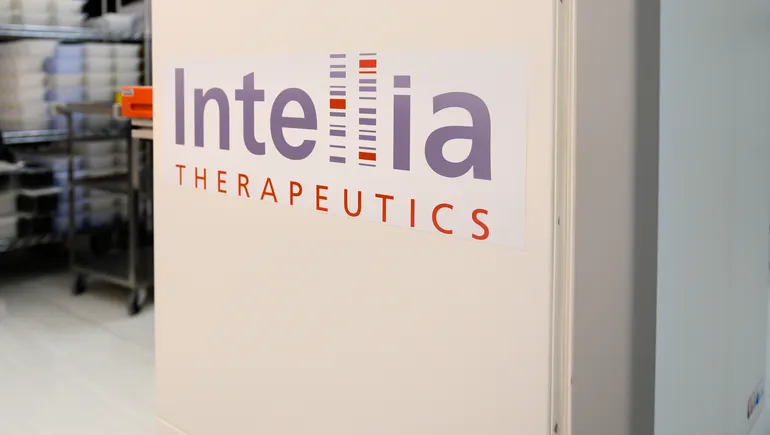Nanomedical Strategies for Kidney Disease: Diagnostic Innovations and Therapeutic Advancements
Advanced Healthcare Materials, EarlyView.

The high prevalence and mortality associated with kidney diseases necessitate urgent attention. This review examines the current limitations in diagnostic and therapeutic approaches, and explores the pivotal role of nanomedicine in kidney disease management, spanning from detection to treatment. It highlights innovative nano-based drug delivery strategies and discusses emerging advancements and future prospects that can revolutionize kidney health through nanotechnology.
Abstract
Kidney diseases, posing significant global public health challenges due to their complex pathogenesis and diagnostic/therapeutic difficulties, have seen emerging advancements through nanomedicine. In diagnostics, nanoparticles leverage unique physicochemical properties to enhance imaging precision. Superparamagnetic iron oxide nanoparticles improve magnetic resonance imaging sensitivity by amplifying T2-weighted contrast, while microbubbles/nanobubbles enhance ultrasound resolution via signal reflection. Quantum dots and gold nanoparticles optimize photoacoustic imaging with superior fluorescence and photostability. Therapeutically, nanoparticle-based drug delivery systems demonstrate targeted delivery, reduced systemic toxicity, and improved drug stability and bioavailability in preclinical studies. Nanocarrier-integrated stem cell and gene therapies further show potential in repairing renal cells and mitigating kidney injury. This review systematically examines nanomedicine's dual diagnostic and therapeutic roles in kidney diseases, compares strengths and limitations of various nanodelivery platforms, and addresses current challenges in clinical translation. By exploring novel nanotechnology-driven strategies, it aims to guide future research toward effective, tailored therapies for improved renal disease management.
















































































































































